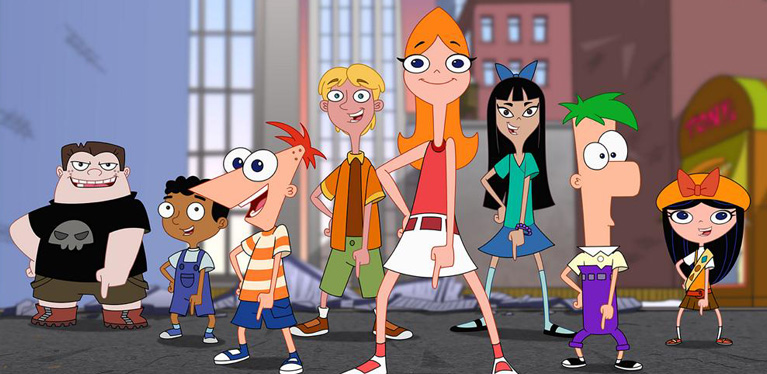We live in a three dimensional world. And a new renaissance of stereoscopic cinematography is attempting to bring that dimension to life on the screen. With stereoscopic filmmaking comes an entirely new set of creative techniques, rules and editing practices.
Stereoscopy, or 3-dimensional stereoscopic filmmaking, is a technique for creating or enhancing the illusion of depth in an image by means of stereopsis for binocular vision. Stereoscopy creates the illusion of three-dimensional depth from two given sets of two-dimensional images.
[youtube]http://www.youtube.com/watch?v=dHG2IWV1caE[/youtube]
3D stereoscopy filmmaking
3D stereoscopic films are produced by creating two views of the same screen with two separate cameras, slightly offset to simulate the distance between the eyes of the audience. By projecting these images simultaneously through a special system, with the audience wearing tinted glasses, these two views are sent to the appropriate left and right eyes where the brain fuses the images together giving the viewer a strong illusion of depth. This fused image is known as a stereogram. This new experience is drawing audiences to see a number of Hollywood and Bollywood films made in stereoscopic 3D.
3D movies have been around since the 1980s. But In 2009, James Cameron amazed moviegoers with his graphically rich, full length 3-dimensional feature film – Avatar. Since then, there has been no looking back for the movie industry. Today, animation studios create rich 3D content, shot in stereoscopic cinema, such as How to Train Your Dragon 2. Bollywood has kept pace with the evolving graphics to give birth to 3D blockbusters such as Enthiran (Robot) and Kochadaiiyaan.
[youtube]http://www.youtube.com/watch?v=tlc_7SjSfUg[/youtube]
Stereoscopic 3D camera
Stereoscopy is not only used in movies but in television and the internet as well. Stereoscopic advertising gives producers the opportunity to have their products, services or ideas jump out of the screen into the living room of the audience. Filmmakers now have the experience, technical know-how and the creative talent to produce effective stereoscopic 3D content to create elaborate designs and marketing campaigns.
[youtube]http://www.youtube.com/watch?v=KpIVvJj4I9M[/youtube]
Media producers are not the only ones who benefit from stereoscopic films. Scientific exploration has found great use for this technology in its research and development process. The Mars Exploration Rovers, launched by NASA in 2003 to explore the surface of Mars, are equipped with unique cameras that allow researchers to view stereoscopic images of the surface of Mars. Stereogram cards are frequently used by orthoptists and vision therapists to treat many binocular vision disorders. Stereograms are also used as 3-dimensional visualisations of aerial photographs. This proves that the right training and skills in stereoscopic filmmaking increase career opportunities, not only in media but in every other professional field.


